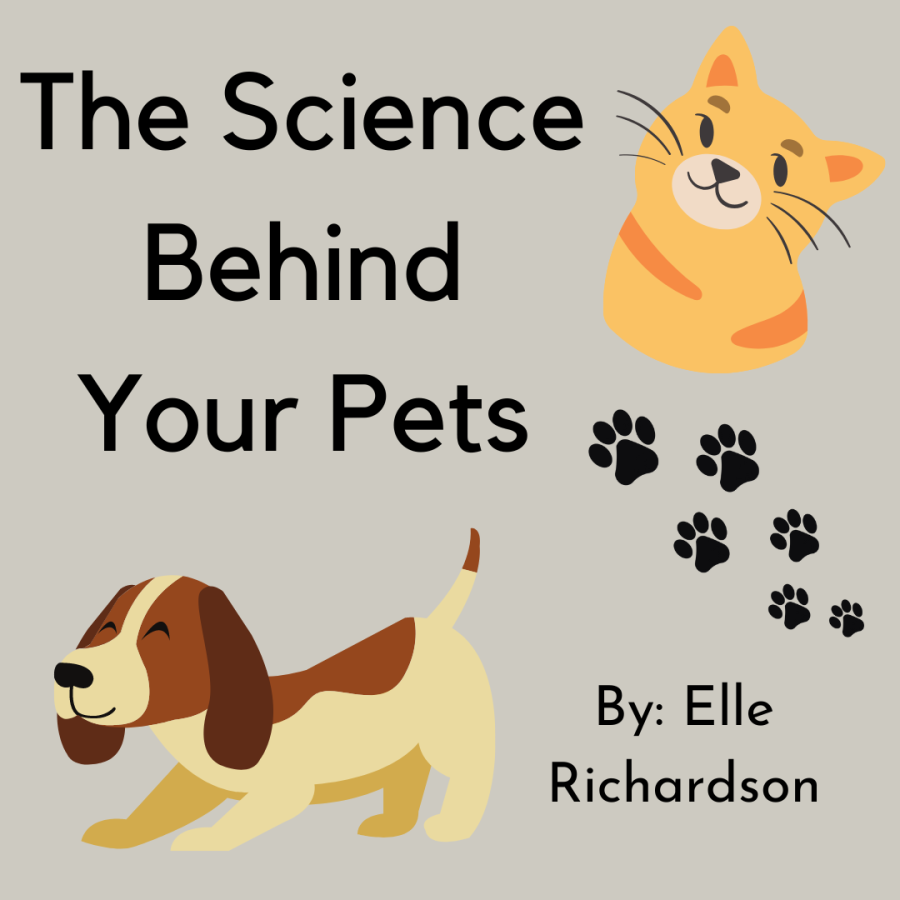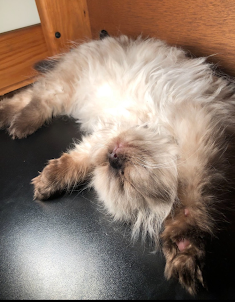The Science Behind Your Pets
Domestication
In America, 70% of the country owns a pet. Practically all of these pets are the domesticated versions of their once wild ancestors. Most people know that their dogs came from wolves and their cats from wildcats, but many people don’t fully understand how. The domestication process is a long and complicated process, with the science behind it being equally complex.
Dogs
Everyone who has a dog knows the annoyance of their dog begging for leftover lunch meat or gristle trimmings. Ironically enough, this instinct dogs have was the first step towards their domestication. Genetic evidence shows that dogs were domesticated between 27,000 and 40,000 years ago. This is evident in the bone structure difference between wolves and what would later become domesticated dogs. This is evident in the shortening of their snouts, dulling of their teeth, and a more concentrated fat ratio.
The mannerisms of wolves were the most evident changes as they transitioned to dogs. While wolves are weary of humans, dogs seek protection and comfort from them. This has been proven by a recent study done by zoologists in which they observed how the brains of different canines reacted to human attention. In wolves, the scientists saw a spike in epinephrine, which is a chemical associated with anxiety. Yet in dogs, the scientists saw an increase in dopamine, which is associated with happiness and excitement.
Arguably one of the cutest evolutionary changes that occurred when dogs became domesticated were their tails. Dogs and wolves alike both have bony and flexible tails that are used for stability and balance. As dogs became domesticated, they became less muscular. Yet the muscles that control the tail are the ones that shrunk the least. This is because as dogs domesticated, they still wagged their tails so much that it became an evolutionary necessity to keep that muscle strong.
Cats
The modern day loaves that we call cats differ greatly from their apex predator cousins in the wild. This split first became apparent 10,000 to 12,000 years ago. Scientists have analyzed the DNA found in cat remains excavated from ancient port cities. This is where they first found genetic signs of domestication. This, along with historical evidence found in ancient ship manifests and manuscripts, allowed scientists to conclude that cats first started becoming domesticated on ships. Sailors of that time most likely boarded cats onto their boats as a way to protect passengers and food on deck from rodents.
The nautical origin of cat domestication may seem ironic given their stereotypical disdain for water, yet this sea travel played a critical role in the spread of cats across the world. Cats are naturally curious, which is where we get the saying “curiosity killed the cat.” This curiosity is what led cats to wander off of ships and across Europe, Africa, and Asia, eventually making it into the homes of medieval peasants. This is where another split in wild cat and domestic cat DNA comes from; during this time, breeding for coat color and pattern began. The breed of tabby cats evolved during this time.
Due to the unique double domestication, cats actually preserved more of their predatory features than dogs. This includes a cat’s retractable claws, swiveling ears, and impeccable balance. This is a striking difference between cats and dogs, as while dogs evolved away from their hunting characteristics, cats kept this skill. Cats also kept their sharp night vision. All cats, both wild and domesticated, dilate their pupils in extreme amounts in the dark. This also happens in domesticated cats whenever they get excited. This is the feline equivalent of the evolution of dogs’ tails.
While dogs and cats are the most common domesticated pets, similar domestication methods were employed for livestock such as poultry and bovine. The main difference here is that pet domestication was mainly accidental or coincidental while livestock domestication was to make life easier for hunter-gatherers. Pets were also strategically bred for more cuddly factors while livestock were bred for the most edible biomass for the least amount of resources. Domestication, either accidental or intentional, is a time consuming and complex process.
Your donation will help support not only the student Journalism and Yearbook clubs at Marco Island Academy, but as well as any new equipment, club improvements, and annual website hosting costs.

Elle Richardson is a senior at Marco Island Academy and the Executive Editor for The Wave. She enjoys learning about space, sailing, and 70s music. Math...







